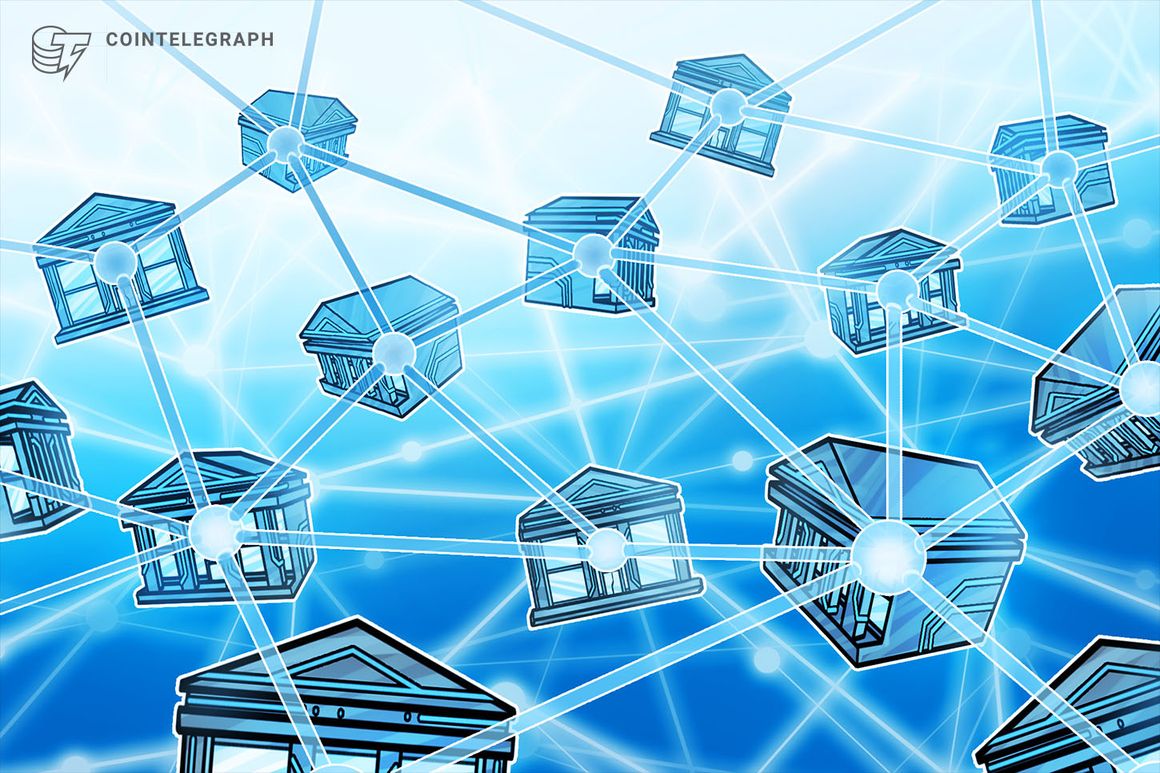Kanis Saengchote, a researcher at Chulalongkorn College in Thailand, just lately developed a framework for figuring out and measuring systemic threat in decentralized finance (DeFi) establishments.
The brand new protocol is named the International Systematically Necessary Protocol (G-SIP), and it’s based mostly on an analogous endeavor instituted within the conventional banking trade.
After the worldwide banking disaster of 2008, the normal finance sector collaborated to give you a protocol for figuring out important banking buildings in an effort to implement methods for the prevention of future collapses.
Associated: UBS Group agrees to $3.25B ‘emergency rescue’ of Credit Suisse
What they got here up with is a system to establish and measure “world systemically essential banks” (G-SIBs). This allowed the Financial institution for Worldwide Settlements to establish weaknesses and set up requirements leading to higher safety in opposition to losses.
Saengchote’s analysis paper details a way by which an analogous normal may very well be utilized to what the paper refers to as “blockchain banks,” primarily any DeFi protocol operating on a blockchain.
Per the analysis paper:
“Figuring out systemic threat and creating contingencies to deal with emergencies are essential due to the self-reinforcing nature of monetary interactions and fireplace sale-induced deleveraging.”
Because of the algorithmic nature of DeFi, deleveraging can happen comparatively rapidly. This was evident in the Terra collapse. In response to Saengchote, this could create a destabilizing loop that sends protocols right into a “dying spiral.”
The ensuing fireplace sale — a interval the place asset holders throughout a number of establishments promote en masse for beneath market worth — may trigger rippling illiquidity all through the related ecosystem.
G-SIP measures how the varied DeFi protocols work together and identifies which nodes within the community have outsized affect. To outline the protocol’s parameters, Saengchote studied 4 separate protocols representing 88% of the “blockchain banks” on the Ethereum blockchain (Aave, Compound, Liquity and MakerDAO).

Upon evaluation, MakerDAO scored the very best throughout the G-SIP classes. In response to Saengchote, that is “attributable to its complexity and interconnectedness.” MakerDAO obtained a rating of 37 on the G-SIP ranking scale. It was adopted by Aave (31.56), Compound (28) and Liquity (4.57).
The researcher notes, “Due to its small dimension, Liquity’s rating is the bottom amongst all classes. Nonetheless, as of July 2023, it’s the 14th largest protocol in Ethereum.”
In context, which means that MakerDAO has a probably greater threat profile than the three different protocols and would thus have greater capital necessities to correctly mitigate these dangers.
Collect this article as an NFT to protect this second in historical past and present your help for unbiased journalism within the crypto house.

